Three MDes Students Awarded 2025 kynamatrix Research Grants
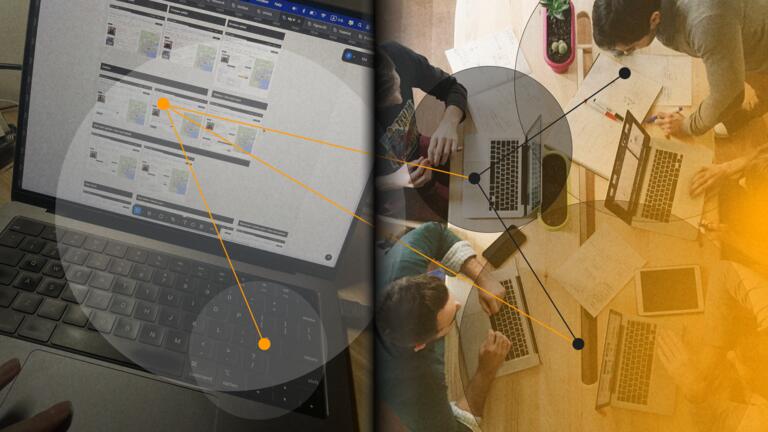
At the start of 2025, Carnegie Mellon University's School of Design MDes students Shivani Kannan, Shama Patwardhan, and Kathy Yu were awarded kynamatrix Research Network's "Innovation through Collaboration" grants for projects in design, engineering, and computer science. The kynamatrix Research Network is a nonprofit network of researchers dedicated to the "understanding and advancement of interactive communication, accelerating innovation in design, engineering, and computer science." The award is granted yearly and encourages studies in "interactive communication across the academic disciplines of design, engineering, and computer science."
The winning projects, along with their abstracts, were:
Human-machine collaboration for lateral thinking in design practice.
Shivani Kannan
Faculty Advisor: Matthew Zywica
As generative AI increasingly integrates into creative processes, it raises critical questions about its implications for human creativity. While AI offers unparalleled efficiency and breadth, it risks homogenizing outputs and diminishing the diversity of human ideation. This research asks: How can we design tools that better support creativity and idea generation, augmenting rather than detracting from our innate creative abilities?
The research explores the nature of creativity, the cognitive mechanisms behind idea generation, and the conceptual blocks that constrain divergent thinking. It also investigates the role of embodiment—holistically engaging the mind and body—in fostering innovation. Furthermore, it delves into the ground realities of the design process, examining the practical challenges practitioners face in navigating complex creative workflows.
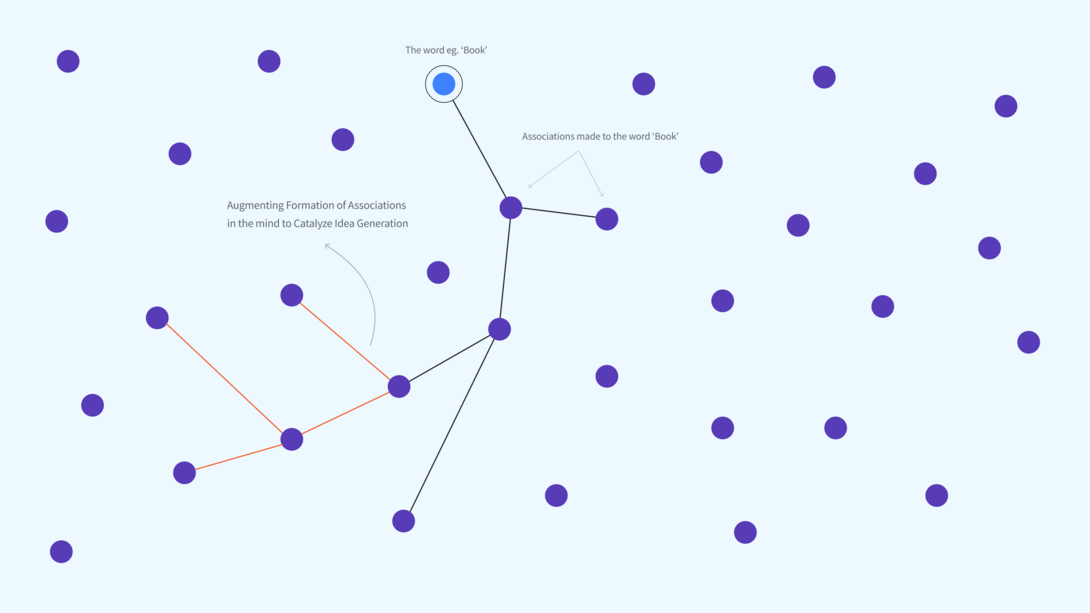
By synthesizing insights from these investigations, this work envisions a future where AI and human creativity coexist symbiotically, advancing innovation while preserving the unique qualities of human ingenuity.
The sustainable home: Circular design approaches for adaptive spaces.
Shama Patwardhan
Faculty Advisor: Daphne Peters
In today's consumerist society, our lives and homes are filled with excessive "stuff." This accumulation often leads to the disposal of perfectly usable items and the purchase of unnecessary goods, driven by a design that encourages constant consumption. Homes, in particular, exemplify rigid and unchanging designs that contribute to waste when they become obsolete or fail to meet evolving needs. In 2018 alone, Americans generated 12.2 million tonnes of furniture waste, a figure that has only grown since.
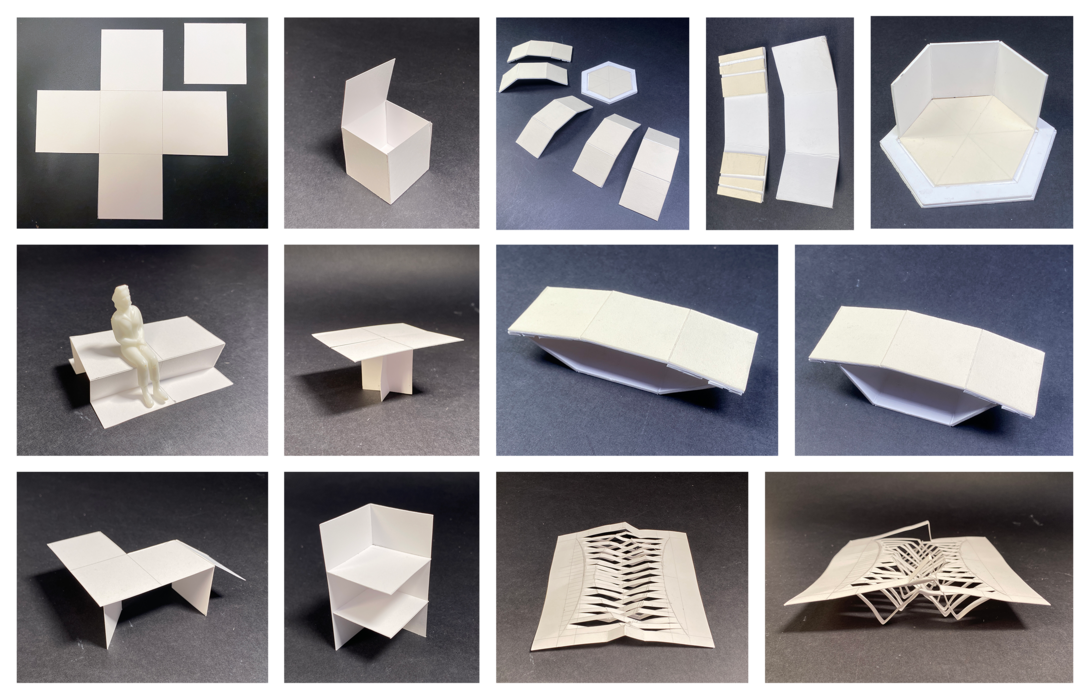
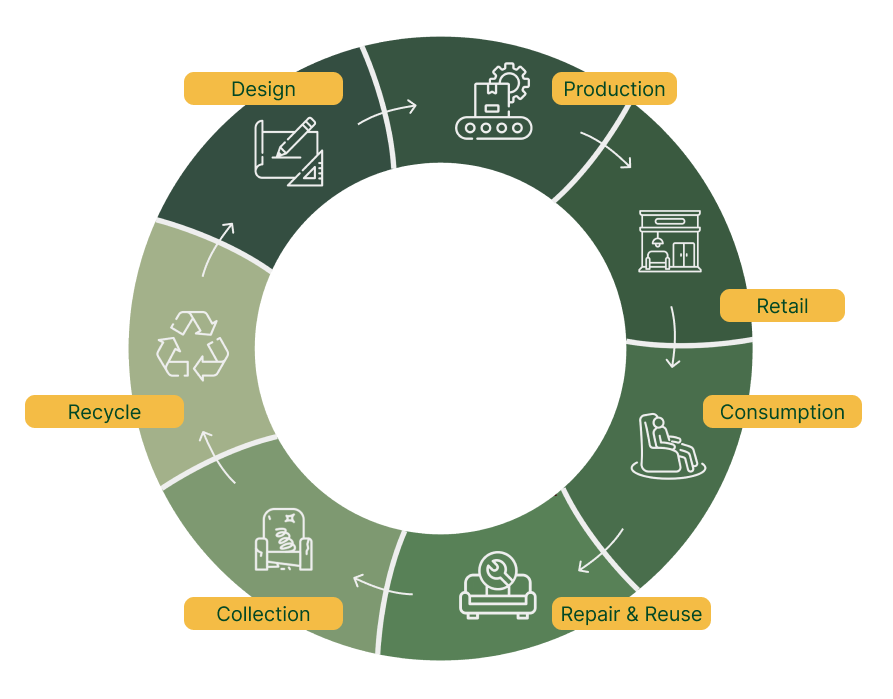
My research investigates the tendency to own and hoard belongings, especially within our homes. With ever-changing styles, endless choices, and shifting needs throughout their life, people often update their furniture and decor, even when stuff works perfectly! My thesis, "Rethinking the Sustainable Home," hypothesizes that household objects and furniture can be designed to adapt to individuals' varying life stages, thereby promoting a sustainable lifestyle and supporting the principles of a circular economy.
Inspired by the circular lifecycle approach, which focuses on sustainability, adaptability, and modularity, my research explores how we can make our furniture, and in turn our interiors more flexible and promote the sustainable use of home goods.
Empowering designers in cross-functional teamwork
Kathy Xiaotong Yu
Faculty Advisor: Andrew Twigg
As design challenges grow more complex, it becomes crucial for designers to clearly articulate the reasoning behind their decisions during collaboration with designers and non-designers alike. Recognizing the fundamental barriers that prevent designers from effectively articulating design evidence in teamwork, my thesis explores the integration of AI into the design process to enhance designers' ability to effectively articulate their design rationale.
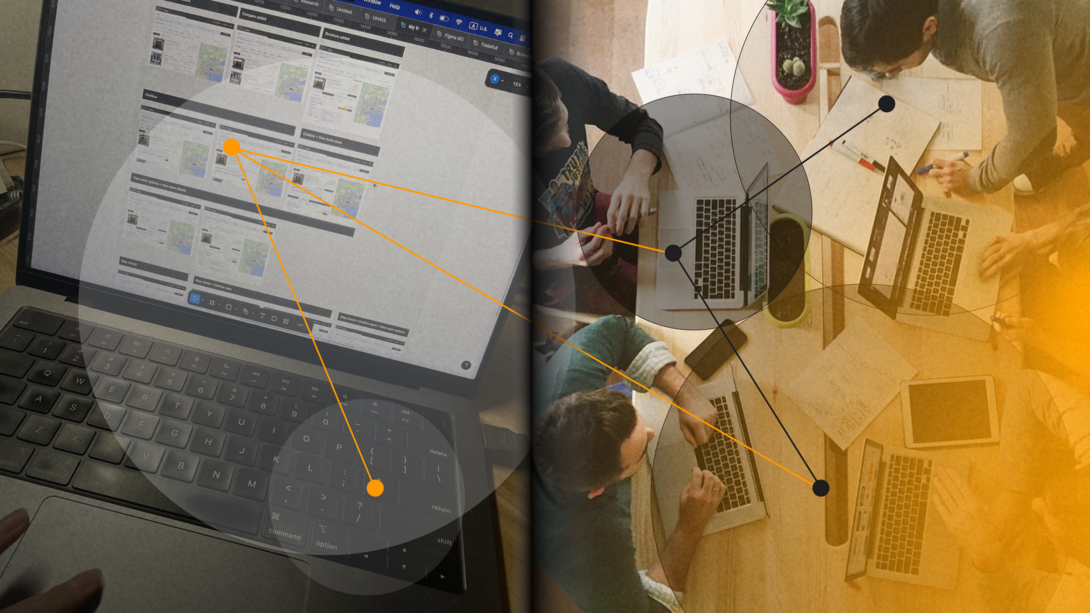
My research demonstrates a deep integration of design thinking, design frameworks, artificial intelligence, and team collaboration. The tool I am developing will assist designers in capturing, retrieving, and explaining their design rationale to collaborators. This enhancement aims to boost designer confidence, achieve better constituent alignment, and facilitate informed decision-making.
The kynamatrix Research Network, co-founded by School of Design alumna Alyce Hoggan (MDes ’00), operates collaboratively through two programs: research & grant gifting. These two programs work together to achieve their mission of solving real-world problems.
Congratulations to our students and their incredible work!